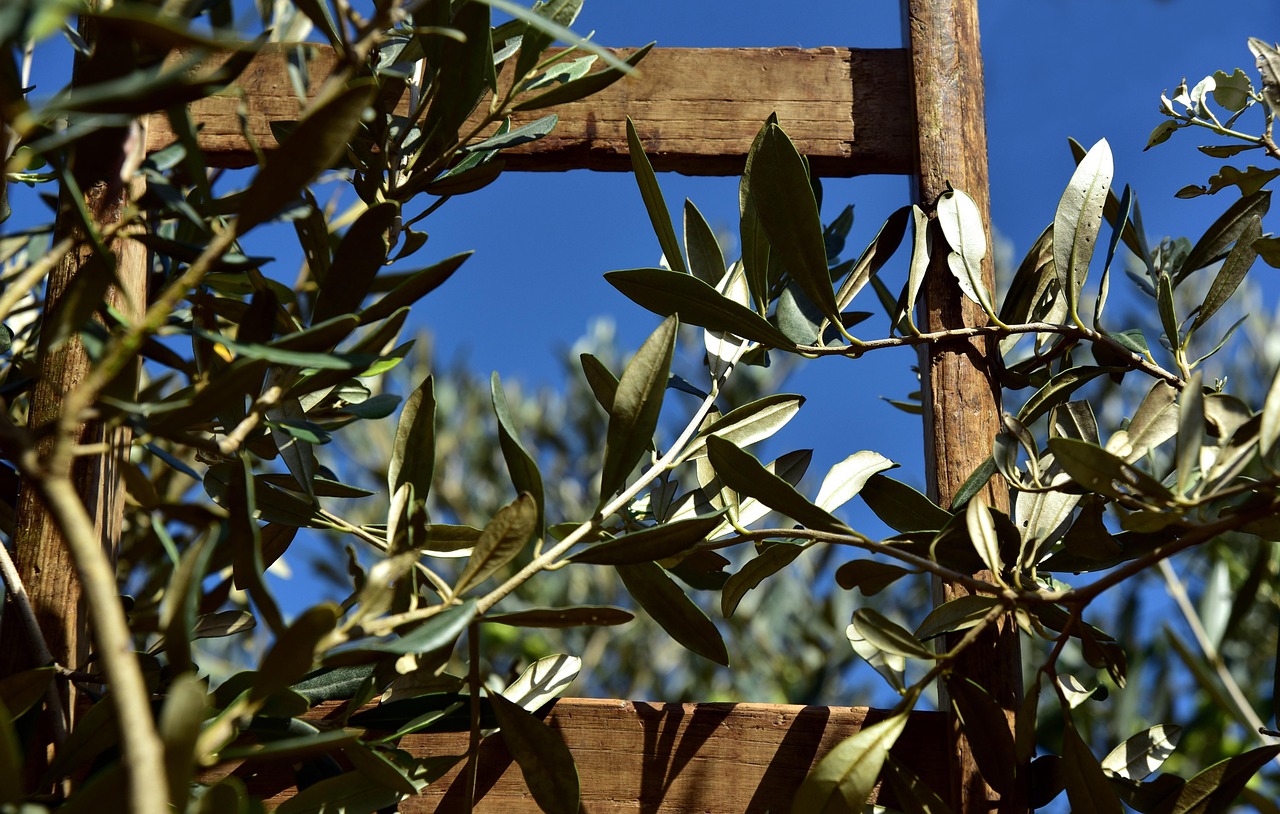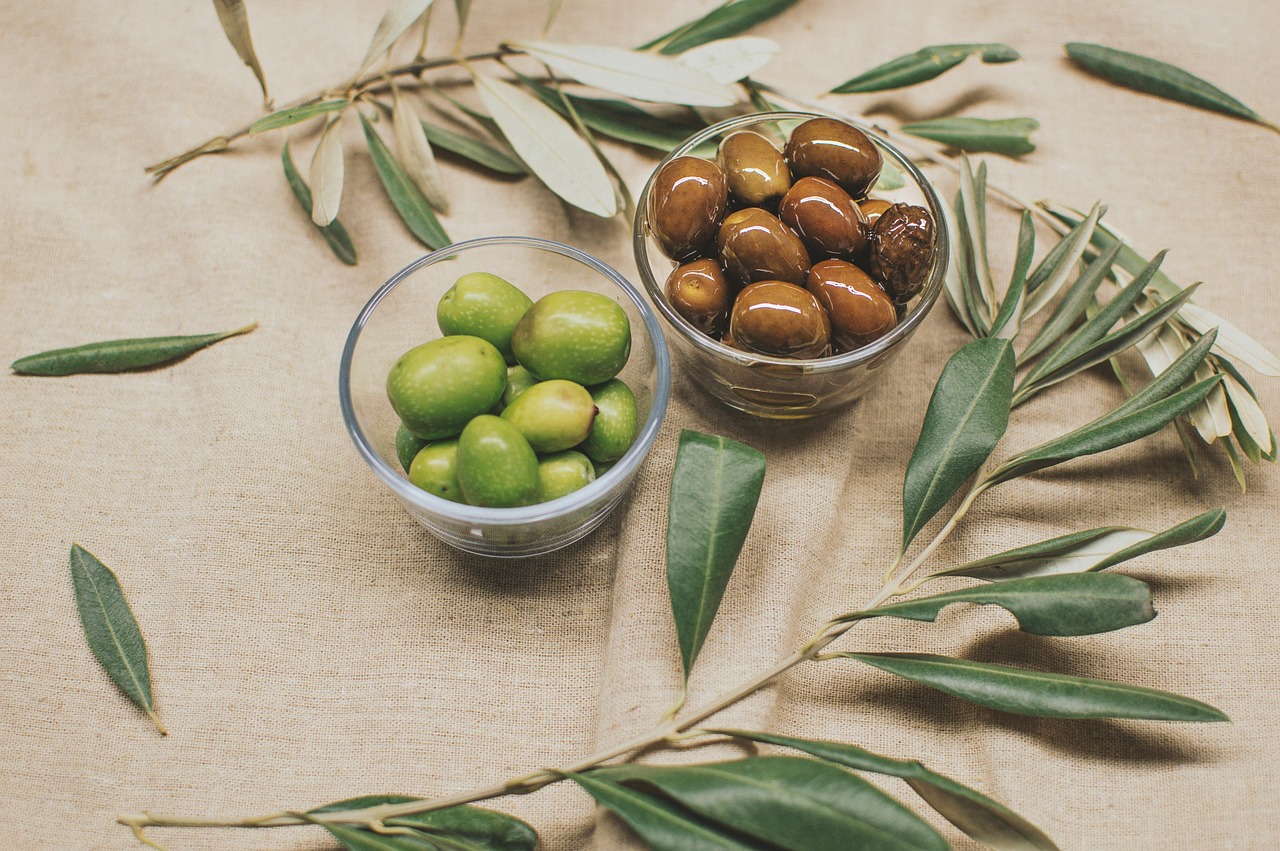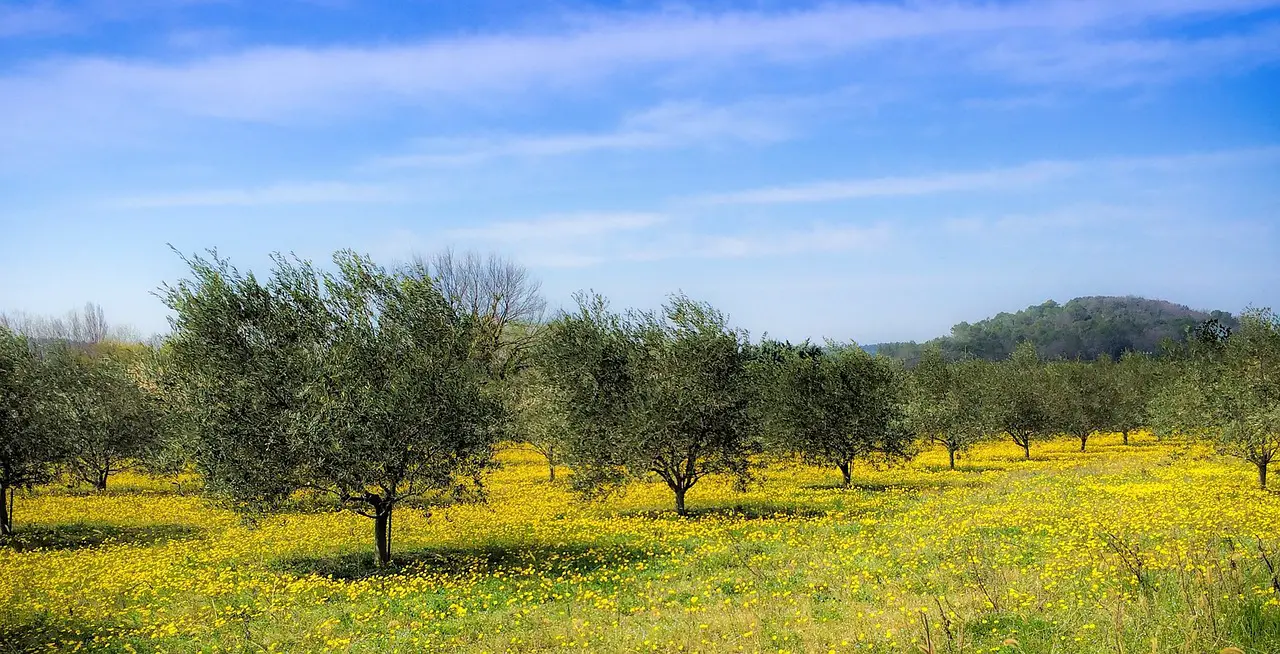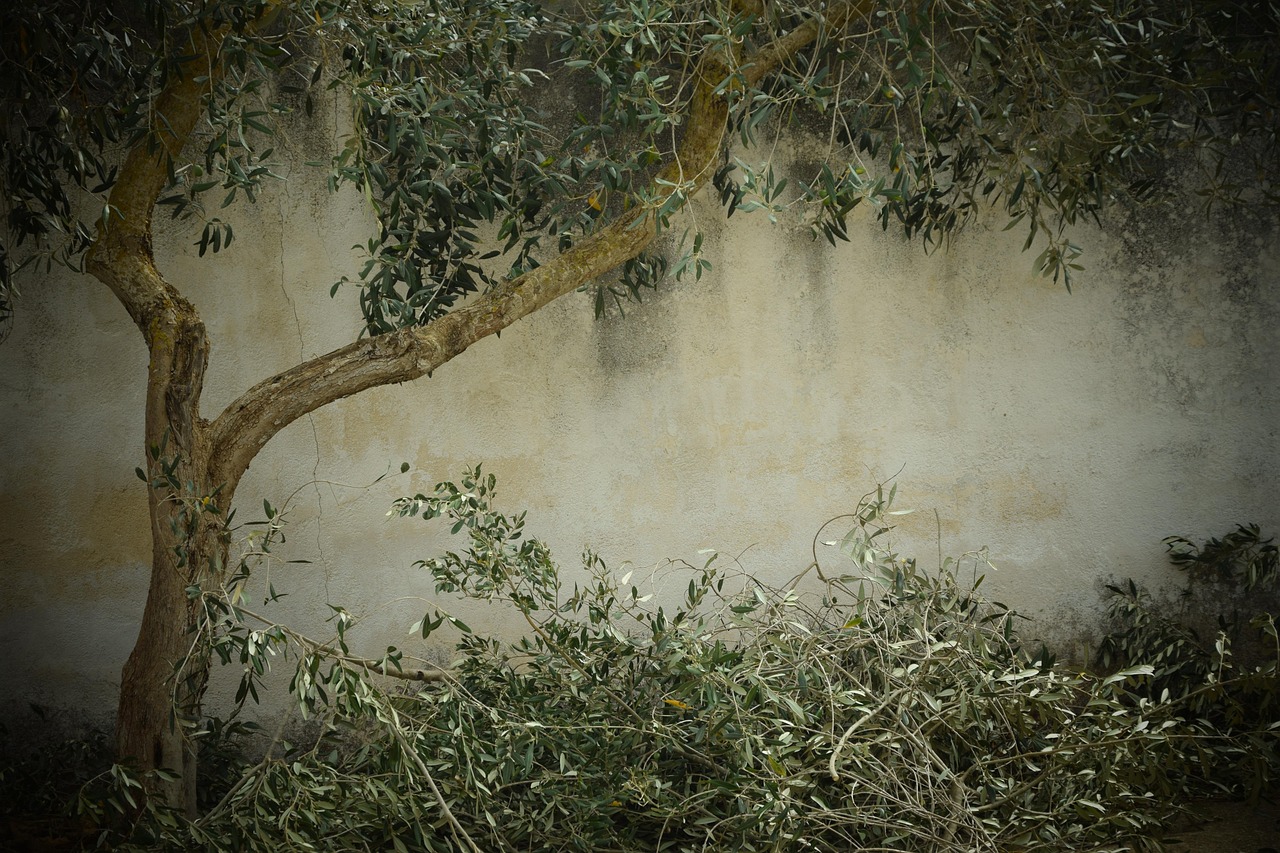Olive orchard tree pruning is essential for maintaining tree health and ensuring consistent harvests. Proper pruning improves air circulation, sunlight penetration, and fruit quality, ultimately leading to better yields.
Olive trees are a staple in many Mediterranean countries. They not only provide oil but also contribute to the economy and culture of these regions. Pruning plays a significant role in olive tree management. Healthy, well-pruned trees produce high-quality olives and maintain their vitality for many years. Olive trees can live for centuries, making proper care crucial for long-term productivity.

The primary goals of pruning olive trees include:
- Enhancing fruit production
- Promoting tree health
- Improving air circulation
- Facilitating easier harvesting
Understanding the best practices for pruning can lead to a more productive orchard. Before diving into techniques, it is important to recognize various factors that influence how and when to prune olive trees. Here are some key considerations:
| Factor | Description |
|---|---|
| Tree Age | Younger trees require different pruning techniques than mature ones. |
| Climate | Regional climate affects growth patterns and the timing of pruning. |
| Variety | Different olive varieties may have unique growth habits necessitating specific approaches. |
| Soil Quality | Healthy soil contributes to robust tree growth, influencing pruning needs. |
Pruning Techniques for Olive Trees
There are several pruning techniques tailored for olive trees. Each method has its benefits depending on the desired outcome and the specific characteristics of the trees. Here are some common techniques used in olive orchard management:

Thinning
Thinning involves removing some branches to improve light penetration and air circulation within the tree canopy. This practice helps reduce the risk of diseases and encourages better fruit development. Focus on removing:
- Sick or damaged branches
- Crossing branches that may rub against each other
- Excessive growth in crowded areas
Heading Back
This technique involves cutting back the tips of branches to encourage bushier growth. Heading back can help control the size of the tree and promote more fruit-bearing shoots. It is typically done on younger trees to shape their growth.
Crown Restoration
Crown restoration is used for older trees that may have become overgrown or misshapen. This method involves selectively removing older, less productive branches while preserving the main structure of the tree. The goal is to rejuvenate the tree and restore its ability to produce quality olives.

When to Prune Olive Trees
Timing is crucial when it comes to pruning olive trees. The ideal time to prune varies depending on the climate and specific growth patterns of the trees. However, the general recommendation is to prune during the late winter or early spring, before new growth begins. This timing allows trees to heal quickly before the growing season starts.
A few factors affecting timing include:
- The local climate: Warmer regions may require earlier pruning.
- The specific variety of olive: Some varieties may have unique growth cycles.
- The health of the tree: Sick or damaged trees may need immediate attention regardless of season.
Tools Required for Pruning
Having the right tools is necessary for effective pruning. Here are some essential tools for olive orchard pruning:

- Hand Pruners: Ideal for small branches and detailed work.
- Loppers: Useful for cutting thicker branches that are harder to reach.
- Saws: Necessary for larger branches or older trees.
- Protective Gear: Always wear gloves and eye protection while pruning.
Using clean and sharp tools promotes better cuts, reducing the risk of infection and disease transmission between trees. Regular maintenance of tools extends their lifespan and improves efficiency during pruning sessions.
The art of pruning olive trees requires knowledge, patience, and practice. By mastering these techniques and understanding the optimal timing, growers can significantly enhance their harvests while ensuring the longevity and health of their olive orchards.
Pest and Disease Management in Olive Orchards
Along with proper pruning, managing pests and diseases is crucial for healthy olive trees. Pests can damage both the trees and the fruit, while diseases can weaken the entire orchard. Understanding common threats and implementing preventive measures is essential for maintaining a productive olive orchard.
Common Pests Affecting Olive Trees
Several pests can negatively impact olive trees. Awareness of these pests helps growers take timely action. Here are some of the most common pests:
- Olive Fruit Fly: This pest lays eggs inside the olives, causing them to rot. Regular monitoring and traps can help control their population.
- Scale Insects: These insects suck sap from the tree, weakening it over time. Treating infested trees with horticultural oils can be effective.
- Spider Mites: These tiny pests thrive in dry conditions and can cause leaf discoloration. Increasing humidity and using miticides can help manage their spread.
- Leaf Miners: They tunnel through leaves, which can stunt growth. Maintaining tree health can help mitigate their effects.
Preventive Measures Against Pests
Prevention is the best approach to managing pests in olive orchards. Implement these strategies to reduce the risk of infestation:
- Regular Inspections: Conduct frequent checks for signs of pests or damage.
- Traps: Utilize traps specifically designed for olive fruit flies and other pests.
- Healthy Practices: Maintain soil health and tree vigor through proper fertilization and irrigation.
- Cultural Practices: Remove fallen fruit and debris that can harbor pests.
Disease Management in Olive Trees
Diseases can severely affect olive production. Understanding common diseases helps in early detection and treatment. Here are some prevalent diseases that affect olive trees:
- Olive Knot: A bacterial disease that causes galls on branches and can lead to limb dieback. Pruning infected areas can help control its spread.
- Verticillium Wilt: A fungal disease that affects the vascular system of the tree, leading to wilting and yellowing of leaves. Soil health management is key to prevention.
- Peacock Spot: A fungal infection that causes leaf spots and can reduce yield. Proper air circulation through pruning can help prevent this disease.
Strategies for Disease Prevention
To minimize the risk of diseases in olive orchards, consider the following strategies:
- Proper Pruning: Effective pruning enhances air circulation and sunlight exposure, reducing disease incidence.
- Soil Management: Healthy soil promotes strong trees that are better able to resist diseases.
- Irrigation Practices: Avoid overhead watering, which can promote fungal growth.
- Fungicide Applications: In cases of severe disease pressure, appropriate fungicide applications may be necessary.
The Role of Fertilization in Tree Health
Fertilization plays a vital role in maintaining healthy olive trees. Proper nutrient management supports tree growth, fruit production, and overall vitality. Understanding the nutrient needs of olive trees is essential for effective fertilization.
Nutrient Requirements for Olive Trees
Olive trees require several essential nutrients for optimal growth. The primary nutrients include:
- Nitrogen (N): Essential for leaf growth and overall vigor.
- Phosphorus (P): Important for root development and flowering.
- Potassium (K): Vital for fruit quality and tree resilience.
Fertilization Techniques
The method of fertilization can significantly impact the effectiveness of nutrient uptake. Consider these techniques when fertilizing olive trees:
- Soil Testing: Conduct soil tests to determine nutrient levels before applying fertilizers.
- Timing: Apply fertilizers during the growing season, avoiding late applications that could promote excessive growth before dormancy.
- Organic Options: Consider organic fertilizers, such as compost or manure, to enrich soil health sustainably.
Irrigation Practices for Optimal Growth
Irrigation is critical in regions with limited rainfall or during dry seasons. Proper irrigation practices ensure that olive trees receive adequate moisture without waterlogging the soil. Olive trees generally prefer well-drained soil, making it essential to monitor moisture levels carefully.
Irrigation Methods
Selecting the right irrigation method can optimize water use efficiency. Common methods include:
- Drip Irrigation: Delivers water directly to the root zone, minimizing evaporation and runoff.
- Sprinkler Systems: Useful for larger orchards but requires careful management to avoid excess moisture on leaves.
- Soil Moisture Monitoring: Using sensors or simple techniques to gauge soil moisture helps in scheduling irrigation effectively.
A combination of effective pest management, disease control, fertilization, and proper irrigation will lead to healthier olive trees. These practices support consistent harvests and ensure the sustainability of olive orchards for years to come.
Harvesting Techniques for Olive Trees
Harvesting olives at the right time and using appropriate techniques is crucial for achieving high-quality produce. The timing of the harvest can significantly influence the flavor, oil content, and overall quality of the olives. Understanding the characteristics of ripe olives and employing effective harvesting methods can lead to better yields.
Identifying the Right Time to Harvest
Determining when to harvest olives involves assessing their color, size, and oil content. Here are some key indicators:
- Color: Olives typically change from green to a deep purple or black as they ripen. The specific color will depend on the variety.
- Size: Ripe olives reach their mature size, which varies by cultivar. Monitoring growth can help in timing the harvest.
- Oil Content: Testing for oil content can indicate ripeness. Higher oil levels often correlate with better flavor.
Harvesting Methods
There are several methods for harvesting olives, each with its benefits and drawbacks. Here are some commonly used techniques:
- Hand Harvesting: This method involves picking olives by hand. It is labor-intensive but minimizes damage to the fruit and tree. Hand harvesting is often preferred for high-quality oil production.
- Mechanical Harvesting: Using machines can significantly speed up the harvest process, especially in larger orchards. These machines shake the trees, causing olives to fall onto nets or directly into collection bins.
- Raking: This technique involves using long-handled rakes to pull olives from branches. It is less labor-intensive than hand harvesting but may cause more damage to the tree.
Post-Harvest Handling of Olives
After harvesting, proper handling of olives is essential to maintain quality and prevent spoilage. The following steps should be taken:
Cleaning and Sorting
Olives should be cleaned and sorted soon after harvest to ensure only the best fruit is processed. This helps remove debris, leaves, and damaged fruits:
- Cleaning: Rinse olives in clean water to remove dirt and debris.
- Sorting: Discard any bruised or damaged olives that may affect the quality of oil or table olives.
Storage Conditions
Proper storage is vital for maintaining the quality of harvested olives. Here are some key considerations:
- Temperature: Store olives in a cool, dark place to prevent fermentation and spoilage.
- Humidity: Maintain optimal humidity levels to avoid drying out olives or promoting mold growth.
- Airtight Containers: Use airtight containers to minimize exposure to air and preserve freshness.
Olive Oil Production Process
If olives are intended for oil production, the processing method plays a critical role in determining oil quality. The olive oil production process generally includes several steps:
Milling
The milling process involves crushing the olives to release their oil. This can be done through various methods, such as:
- Traditional Stone Mills: These mills crush olives slowly, preserving flavor but producing less oil.
- Modern Hammer Mills: These machines process olives quickly, resulting in higher oil extraction rates.
Malaxation
This step involves mixing the olive paste at a controlled temperature to facilitate oil separation. Optimal malaxation times and temperatures enhance oil yield and flavor.
Separation
The final phase of oil processing separates the oil from the solid materials and water. This can be done using:
- Centrifugation: A modern technique that uses centrifugal force to separate oil from water and solids quickly.
- Pressing: Traditional method where pressure is applied to extract oil from the paste.
Quality Control in Olive Oil Production
Ensuring high-quality olive oil requires strict quality control measures throughout the production process. Here are some essential practices:
- Monitoring Temperature: Keep temperatures low during milling and malaxation to protect sensitive flavors.
- Tasting: Conduct regular taste tests to evaluate flavor profiles and detect any defects.
- Chemical Analysis: Perform tests to assess acidity, peroxide values, and other quality indicators.
By implementing effective harvesting techniques, proper post-harvest handling, and rigorous quality control measures, growers can maximize their olive production potential. Understanding these aspects contributes significantly to achieving consistent harvests and high-quality olive products.
Environmental Considerations in Olive Orchard Management
In addition to the agricultural practices discussed, it is essential to consider the environmental impact of olive orchard management. Sustainable practices not only benefit the ecosystem but also enhance the quality and longevity of the orchards. Here are some important environmental considerations:
Soil Health
Maintaining soil health is fundamental for sustainable olive production. Healthy soils improve nutrient availability and support tree growth. Practices to enhance soil health include:
- Cover Cropping: Planting cover crops helps prevent soil erosion, improves soil structure, and enhances biodiversity.
- Crop Rotation: Rotating olives with other crops can break pest and disease cycles while improving soil fertility.
- Organic Matter Addition: Regularly adding compost or organic fertilizers enriches the soil and promotes microbial activity.
Water Conservation
Water is a critical resource for olive orchards. Efficient water management not only conserves this precious resource but also promotes healthy trees. Techniques for water conservation include:
- Rainwater Harvesting: Collecting rainwater can supplement irrigation needs and reduce reliance on groundwater.
- Drip Irrigation: This method reduces water wastage by delivering water directly to the root zone.
- Soil Moisture Sensors: Implementing technology to monitor soil moisture can help optimize irrigation schedules.
Biodiversity Promotion
Enhancing biodiversity within and around olive orchards can create a balanced ecosystem. This can lead to natural pest control and improved pollination. Strategies for promoting biodiversity include:
- Planting Native Flora: Incorporating native plants into the orchard landscape attracts beneficial insects and supports local wildlife.
- Creating Habitat Areas: Leaving areas of the orchard undisturbed can provide homes for pollinators and other beneficial organisms.
- Avoiding Pesticides: Reducing pesticide use encourages a diverse range of species to thrive, contributing to a healthier ecosystem.
The Economic Impact of Olive Farming
The economic viability of olive orchards is influenced by various factors, including market demand, production costs, and pricing strategies. Understanding these elements can help growers maximize their profitability.
Market Trends
The global demand for olive oil continues to rise, driven by health-conscious consumers seeking natural and organic products. Some trends affecting the market include:
- Health Benefits: Olive oil is known for its heart-healthy properties, making it a popular choice among consumers.
- Organic Certification: Many consumers are willing to pay a premium for certified organic olive oil, which can increase profitability.
- Diverse Product Offerings: Expanding product lines to include flavored oils or infused oils can attract different segments of the market.
Cost Management
Effective cost management is crucial for maintaining profitability in olive farming. Some strategies to consider include:
- Labor Efficiency: Investing in training and technology can enhance labor efficiency during pruning and harvesting.
- Input Costs: Regularly review inputs such as fertilizers and pesticides to find cost-effective alternatives without compromising quality.
- Diversification: Exploring additional income sources, such as agritourism or selling value-added products, can help stabilize revenue streams.
Final Thoughts
Olive orchard management is a multifaceted process that requires careful consideration of pruning techniques, pest and disease management, irrigation practices, and environmental sustainability. By implementing best practices in each of these areas, growers can ensure consistent harvests and high-quality olive products.
The importance of ongoing education and adaptation cannot be overstated. As climate conditions change and markets evolve, staying informed about new techniques and technologies will help orchardists maintain productivity and profitability. Emphasizing sustainable practices not only benefits growers economically but also contributes positively to the environment.
With the right knowledge, tools, and strategies in place, olive growers can cultivate thriving orchards that yield abundant harvests year after year, enriching both their lives and local communities.
